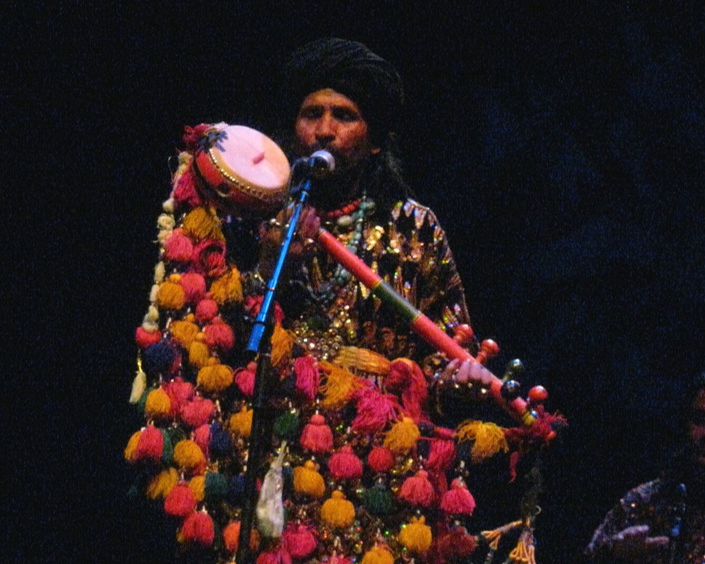In the heart of Pakistan, amidst the alleys of ancient cities and the echoes of Sufi mysticism, emerges a musical tradition: Kafi music. This captivating genre, rooted in the profound verses of Sufi poets like Baba Farid and Amir Khusro from the 13th century, weaves a rich tapestry of spiritual expression and cultural fusion. Originating in the devotional poetry of Sufi saints, Kafi music found its voice through soulful melodies and intricate rhythms, captivating the hearts of listeners and leaving an indelible mark on the global musical landscape. Inviting enthusiasts into a realm of profound spiritual expression and artistic creativity.
Kafi music, originating in the 13th-century Sufi gatherings, finds its essence in the devotional poetry of mystic saints. Its historical origins can be traced back to the spiritual gatherings of Sufi saints, where poets and musicians would come together to celebrate the divine through poetry and music, curating artistic innovation. The soulful verses, addressing themes of love, unity, and spiritual enlightenment, were harmoniously set to melodies that mirrored the depth of the poetic expressions. Over centuries, Kafi music evolved, embracing diverse musical influences from classical ragas (a melodic framework for improvisation in Indian classical music akin to a melodic mode) to regional folk traditions, shaping a distinctive melodic and rhythmic structure. These gatherings not only served as a medium for spiritual connection but also paved the way for the evolution of a unique musical tradition.

Kafi music represents a fascinating intersection of musical elements. Its melodic framework, often based on classical ragas, demonstrates a complex interplay of notes, scales, and ornamentations. The rhythmic patterns, influenced by diverse regional traditions, add layers of complexity to Kafi compositions. Ethnomusicologists have studied the intricate musical ornamentations unique to Kafi performances, shedding light on the improvisational techniques employed by musicians to convey the emotional nuances of the poetry. Sufi love songs are often performed as ghazals and Kafi, a solo genre accompanied by percussion and harmonium, using a repertoire of songs by Sufi poets.
While Kafi music and Qawwali share common Sufi roots and poetic themes, they differ in their presentation and style. Qawwali, another genre of devotional music, primarily focuses on group singing, often accompanied by clapping and rhythmic hand movements. Qawwali performances are typically characterized by energetic and powerful vocal delivery, creating an atmosphere of ecstatic spiritual devotion. In contrast, Kafi music leans towards a more introspective and contemplative tone. Kafi compositions are often performed solo or in smaller, intimate settings, allowing for a deeper exploration of the emotional nuances within the poetry. The melodies of Kafi music are intricate, weaving a delicate web of notes that evoke a sense of inner reflection and tranquillity.

The study of Kafi music has revealed its role as a living tradition, adapting to changing social and cultural contexts. Ethnomusicologists have explored how Kafi music continues to thrive in both traditional settings and modern contexts, reflecting the resilience of this musical heritage in the face of cultural evolution.
Beyond its traditional realms, Kafi music has left an indelible mark on modern literature and music. The evocative themes explored in Kafi poetry, such as love, longing, and spiritual awakening, have inspired contemporary writers and poets. Authors and lyricists have drawn upon the mystical imagery and emotional depth of Kafi poetry to craft narratives that resonate with readers on a profound level. The nuanced expressions found in Kafi compositions have become a source of inspiration for literary works that explore the complexities of human emotions and spiritual experiences.

In the realm of music, the influence of Kafi melodies is palpable in various genres. From classical musicians incorporating Kafi ragas into their performances to contemporary composers experimenting with Kafi-inspired motifs, the echoes of this ancient tradition reverberate through diverse musical expressions. Collaborations between Kafi musicians and artists from different genres have led to innovative fusion projects, blending the traditional essence of Kafi with modern musical elements. These collaborations serve as a testament to the enduring appeal and adaptability of Kafi music in the ever-changing landscape of global music.
In the intricate threads of Kafi music, we discover not just a musical tradition, but a profound cultural legacy that continues to inspire and evolve. Ethnomusicological studies provide valuable insights into the intricate craftsmanship of Kafi performances, unravelling the complexities that make this genre a treasure trove for scholars and enthusiasts alike. Moreover, the far-reaching influence of Kafi music on modern literature and music underscores its enduring relevance in the contemporary world.
As we immerse ourselves in the soul-stirring melodies and poetic verses of Kafi compositions, we embark on a journey that transcends time and cultural boundaries. In the harmonious blend of spirituality, artistic creativity, and cultural fusion, Kafi music stands as a beacon of human expression, reminding us of the universal language that unites us all – the language of the soul.
Featured Image: Pakistani Punjabi Sufi Musician, Sain Zuhoor (2011 Performance).

